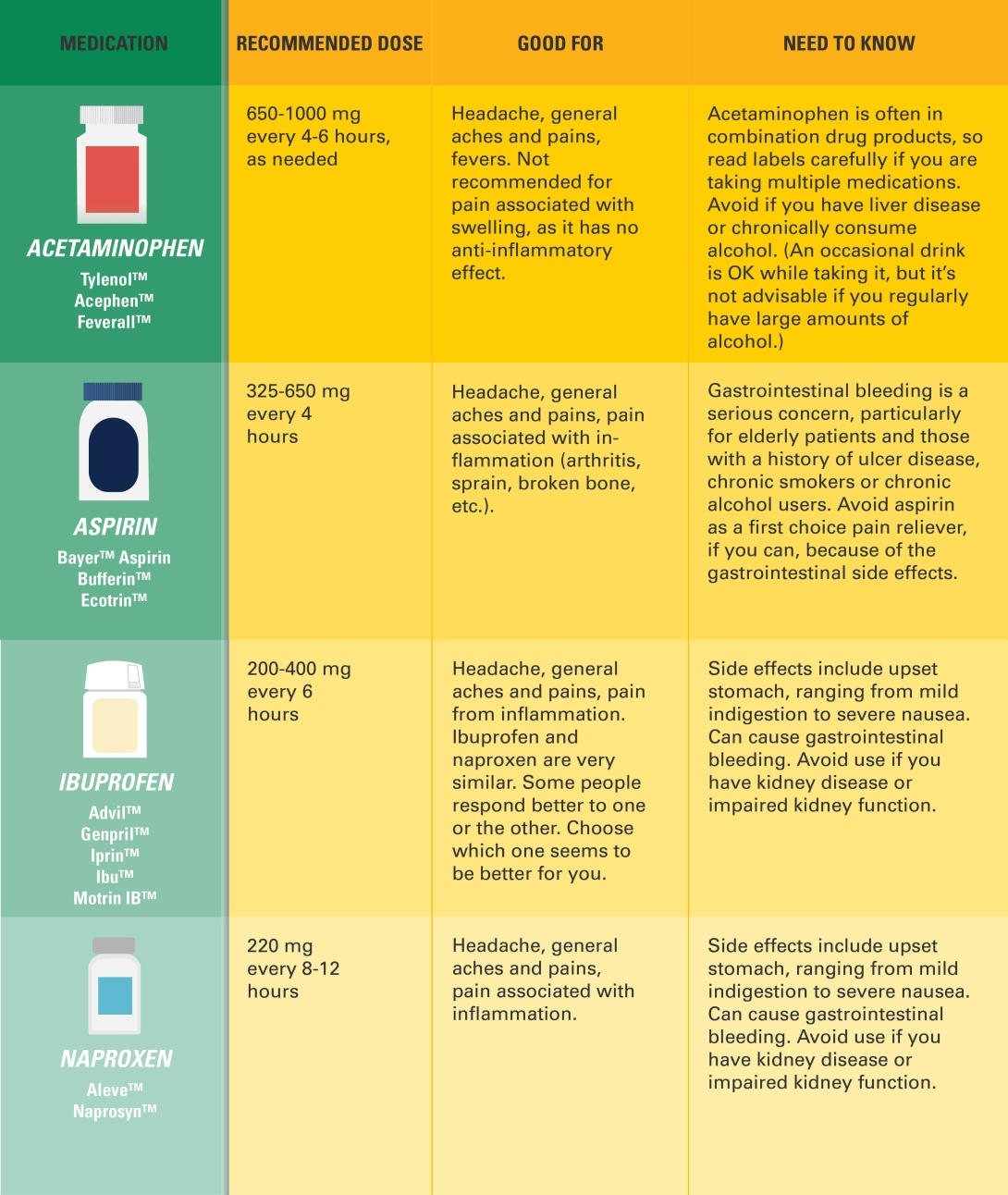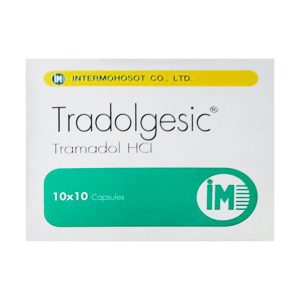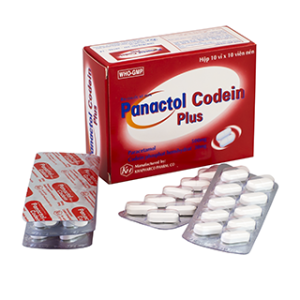We deliver to you every day from 7:00 to 23:00
The best discounts this week
Every week you can find the best discounts here.
Over-the-Counter Pain Medications: A Complete Guide for Safe & Effective Relief
Pain can disrupt daily life, making it difficult to work, sleep, and enjoy time with loved ones. Thankfully, over-the-counter (OTC) pain relievers provide a convenient and effective solution for mild to moderate pain relief.
But with so many options available, how do you know which one is right for you? In this guide, we’ll explore the best OTC pain medications, their uses, potential side effects, and how to take them safely.

1. What Are Over-the-Counter Pain Medications?
OTC pain medications are non-prescription drugs available at pharmacies, grocery stores, and online retailers. These medications help relieve headaches, muscle pain, arthritis, fever, and more.
1.1. Common Types of OTC Pain Relievers
There are two main types of OTC pain medications:
-
Acetaminophen (Tylenol) – Best for pain relief without reducing inflammation.
-
Non-Steroidal Anti-Inflammatory Drugs (NSAIDs) – Reduce pain and inflammation. Examples include ibuprofen (Advil, Motrin), naproxen (Aleve), and aspirin.
Each of these medications works differently, so choosing the right one depends on your specific pain condition.
2. Acetaminophen: The Go-To Pain Reliever for Everyday Use
Acetaminophen is one of the most commonly used pain relievers. It’s gentle on the stomach, making it a great choice for people who can’t tolerate NSAIDs.
2.1. When to Use Acetaminophen
-
Headaches – Effective for tension headaches but not migraines.
-
Fever – Helps reduce high temperatures and fever-related discomfort.
-
Mild Pain – Good for general aches, back pain, and sore muscles.
2.2. Safety Tips & Side Effects
Acetaminophen is safe when taken as directed, but overuse can lead to liver damage.
⚠ Warning: Never exceed 4,000 mg per day and avoid mixing with alcohol to prevent liver toxicity.

3. NSAIDs: The Best Choice for Inflammatory Pain Relief
NSAIDs reduce pain and inflammation, making them effective for conditions like arthritis, muscle pain, and menstrual cramps.
3.1. Popular NSAIDs and Their Uses
-
Ibuprofen (Advil, Motrin): Best for fever, menstrual cramps, and muscle pain.
-
Naproxen (Aleve): Longer-lasting pain relief, great for arthritis and chronic pain.
-
Aspirin: Helps with pain and prevents blood clots (commonly used for heart health).
3.2. Safety Tips & Side Effects
While NSAIDs are effective, they can irritate the stomach and increase the risk of bleeding.
Tip: Take NSAIDs with food or milk to prevent stomach upset.

4. Choosing the Best OTC Pain Reliever for Your Needs
With so many options, how do you pick the right pain reliever?
4.1. Best OTC Pain Reliever for Specific Conditions
-
Headaches: Acetaminophen or ibuprofen.
-
Arthritis & Joint Pain: Naproxen or ibuprofen.
-
Menstrual Cramps: Ibuprofen is the most effective.
-
Muscle Pain & Sprains: Naproxen for longer relief.
-
Fever: Acetaminophen or ibuprofen.
Note: If you have heart disease, kidney disease, or stomach ulcers, consult a doctor before using NSAIDs.
4.2. Can You Combine Pain Relievers?
In some cases, alternating acetaminophen and ibuprofen can improve pain relief while lowering the risk of side effects. However, always check with a doctor before combining medications.
5. Natural Alternatives to OTC Pain Medications
If you prefer a natural approach, several remedies may help with pain relief.
5.1. Herbal and Home Remedies
-
Turmeric: A natural anti-inflammatory for joint pain.
-
Ginger: Helps reduce muscle pain and nausea.
-
Peppermint Oil: Applied topically for headaches and muscle pain.
5.2. Lifestyle Adjustments for Pain Management
-
Stay Active: Gentle exercise like yoga can reduce chronic pain.
-
Apply Heat or Ice: Heat relaxes muscles, while ice reduces swelling.
-
Improve Sleep Habits: Poor sleep can worsen pain sensitivity.
Did You Know? Many people with chronic pain find relief through meditation and deep breathing exercises.

6. When to See a Doctor About Pain Management
Although OTC pain relievers work well for short-term pain, some conditions require medical attention.
6.1. Signs You Should See a Doctor
-
Pain lasts more than two weeks despite medication.
-
Pain worsens over time instead of improving.
-
You experience severe side effects like stomach bleeding or dizziness.
-
Chronic pain interferes with daily activities and work.
A doctor can determine if you need prescription-strength painkillers, physical therapy, or other treatments.
7. Conclusion: Finding Safe & Effective Pain Relief
OTC pain relievers are safe and effective when used correctly. The best option depends on your specific pain condition, medical history, and personal preferences.
-
For general pain and fever: Acetaminophen is a great choice.
-
For inflammation and muscle pain: NSAIDs like ibuprofen or naproxen work best.
-
For natural pain relief: Consider lifestyle changes and herbal remedies.
Final Tip: Always read medication labels and follow dosage instructions to avoid side effects and long-term risks.
For more health tips and advanced automation tools, visit DUYTHIN.DIGITAL—your trusted source for digital solutions in Facebook, Zalo, Google SEO, and more!
FAQs About Over-the-Counter Pain Medications
1. What is the safest OTC pain reliever?
Acetaminophen is the safest option for people with stomach issues or heart disease.
2. Can I take ibuprofen and acetaminophen together?
Yes, alternating between the two can provide better pain relief, but check with a doctor first.
3. What OTC pain reliever is best for arthritis?
Naproxen (Aleve) provides longer-lasting relief for joint pain and inflammation.
4. Can I take pain relievers every day?
Daily use of NSAIDs can cause stomach and kidney problems, so use them only as needed.
5. How do I know if I need prescription pain medication?
If OTC pain relievers don’t work or your pain worsens, a doctor may recommend stronger treatments.
With the right approach, you can manage pain safely and effectively!











